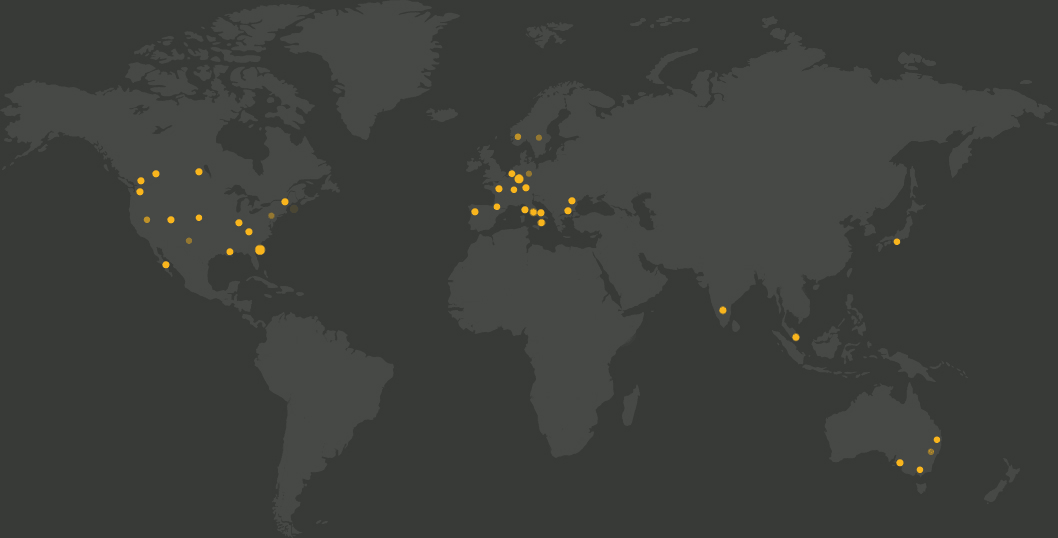Content management error: Header Banners should not be placed in the Navigation placeholder!

Six Components or an Enterprise Data Strategy
Modis Posted 22 August 2022Content management error: Generic Content Banners should not be placed in the Navigation placeholder!
At Modis, we’ve found that a smart Enterprise Data Strategy takes an iterative and repeatable approach. We’d even go so far as to say that this is the only approach that works. Enterprise Data Strategy success can only be built on a bedrock of rapid, agile initiatives using data to address critical business initiatives, underpinned by strong enterprise governance and data classification. And for most organisations, this involves a substantial cultural shift.
Every organisation needs a data strategy to navigate the process of using data to get ahead. After people, data is fast becoming the most valuable business asset, often referred to as the ‘new oil’. Successful and forward-looking enterprises are now harnessing their data asset to make strategic business decisions and leave their competition behind.
But what does this involve?
First, let’s recap on what a good Enterprise Data Strategy does for your organisation.
Enterprise Data Strategy defines how data can be best used to support the organisational business strategy. It provides the highest level of data guidance available within the enterprise. Enterprise Data Strategy also involves the ongoing balancing of learnings from earlier iterations with new ideas to produce reliable data assets.
The six key components of an Enterprise Data Strategy are:
- Data Identification – Accurate and trusted data sources are the key output from any data initiative. These may be supported with easy-to-read business glossaries, data catalogues, and easy to follow governance policies that provide concise information about what data sources are available and what can be used.
- Reliable, scalable data platform – The use of cloud-based data warehouses, data lakes, or data repositories allow for scalable, reliable, and secure environments to technically manage the data asset. When using cloud services, you only pay for what you use so project costs can be easily identified.
- Provisioning – Data can be provisioned by multiple technical ‘software as a service’ (SAAS) products creating data mesh, data fabric and semantic layers. These provide the best interface to enable users across the organisation to make use of the data.
- Process – Using best of breed Extraction Transformation and Load (ETL) platforms to process the data from disparate and often geographically separated data sources into a location that can be easily consumed by the business.
- Enterprise Governance – Policies, procedures, and guidance on how the data may be accessed and used by a business unit. These may be supported by Machine Learning and Artificial Intelligence platforms to ensure a quality and reliable data set.
- Education – Informing the whole enterprise from the Executive through to end users about becoming a data-driven business and what data-related processes should be adopted and used.
A smart Enterprise Data Strategy is one that involves incremental learning and adaptation. To learn more about developing a smart data strategy download our whitepaper here.
Content management error: Generic Content Banners should not be placed in the Navigation placeholder!
We are global leaders
